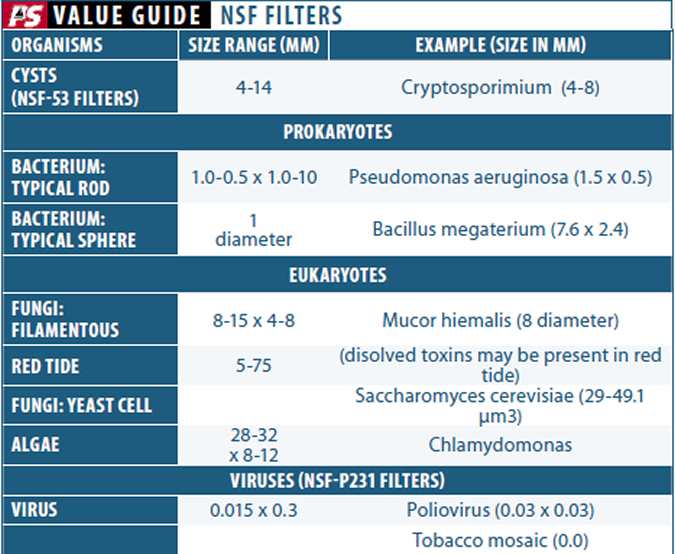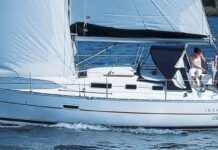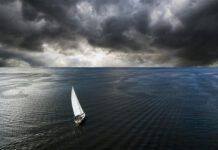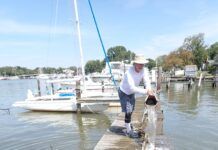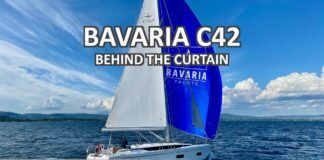Only a few states require National Sanitation Foundation (NSF) certification for water filters, and the requirement applies only to a small number of original equipment manufactured (OEM) products.
Performance is tested using real-world volumes and real-world water, containing sediment, cysts, bacteria, and viruses (particle substitutes are permitted for some tests). Filter removal and flow rates are measured at the beginning, middle, and at the end of the test.
It is important to understand which NSF rating applies and to what components. An NSF-certified filter might be rated only for structure and leaching (NSF-42); in this case, all other ratings (removal of chlorine, bacteria, viruses, etc.) are based on manufacturer testing. Here are the most common filter standards.
NSF-42 Aesthetic Affects
This standard covers materials of construction, strength, and filtration efficiency. It usually applies only to the filter materials, confirming the filters structural integrity and that it wont leach lead and certain plasticizers. The standard also covers chlorine reduction and filtration efficiency, but there are multiple tiers of approval; a certified faucet-end filter might remove as little as 25 percent of the chlorine and particles greater than 50 microns, while a carbon-block filter will typically remove more than 99 percent of the chlorine and particles greater than 0.5 microns. To know which applies, check the certified specs. You can search the NSF certification database by manufacturer, part number, or product type at the NSF website: http://info.nsf.org/Certified/dwtu/.
Protocol P-231, Microbiological Purifiers
Based on the latest EPA research, this procedure has not been formally accepted by the NSF or the American National Standards Institute (ANSI). The filtration device must reject bacteria and viruses at all stages of a 10.5-day test, using water that mimics U.S. municipal water for six days and domestic sewage (high TOC, high TDS, high turbidity, high pH, low temp) for four-plus days. Reverse-osmosis systems generally fail this test, since the membranes commonly have some minor leaks. Double O-ring seals are standard. While there are systems approved that use combinations of reverse osmosis, ultraviolet sterilization, and chemicals, we have reviewed only cartridge filter systems. In our opinion, any P231-certified device is certainly safe.
NSF-53 Health Effects
This standard requires substantial removal of a wide range of chemical pollutants spelled out in the Environmental Protection Agencys drinking water standard. Additionally, it requires removal of 99.95 percent of cryptosporidium cysts. Relatively few filters are certified to NSF-53.
NSF-55 UV Sterilizers
Ultraviolet purifiers are certified in two categories: Class A is for water of unknown microbiological content and requires 40 milliwatts per centimeter squared of UV in the 250- to 300-nanometer range, while Class B is intended for water that is microbiologically safe and requires only 16 milliwatts per centimeter squared. The unit must demonstrate efficacy against bacteria and viruses.
